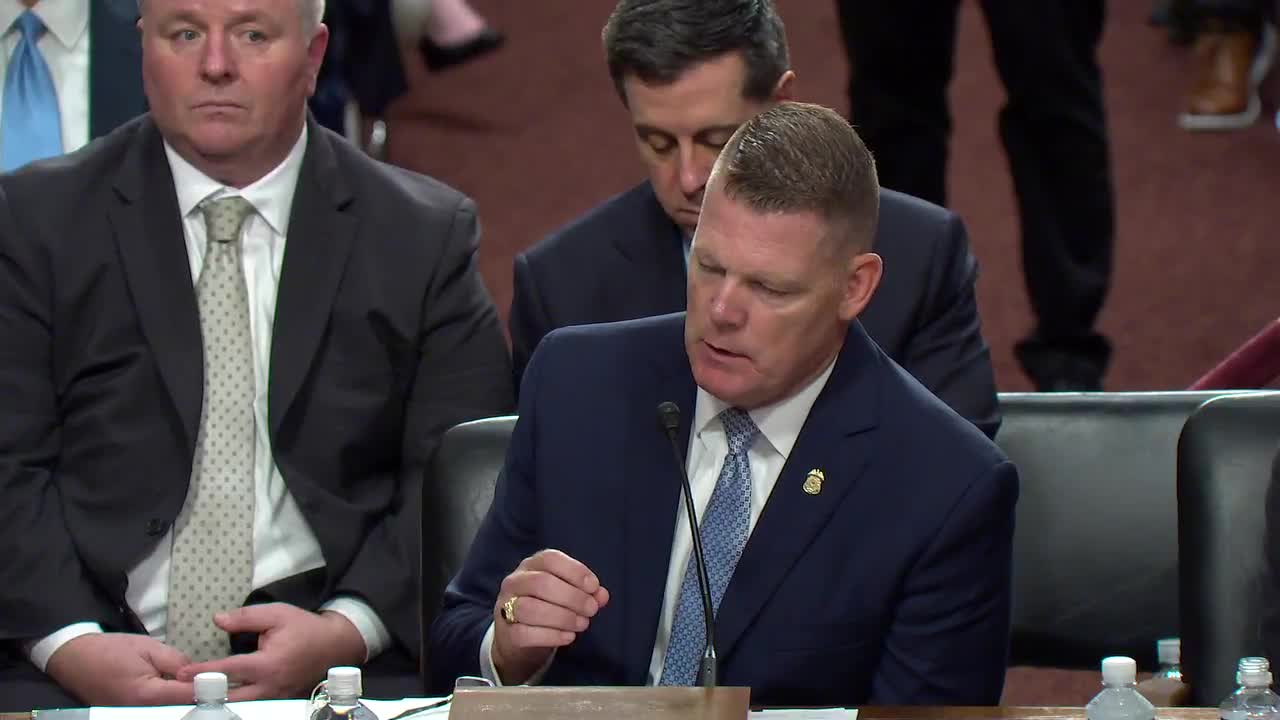Secret Service faces scrutiny after near assassination attempt
July 30, 2024 | Homeland Security and Governmental Affairs: Senate Committee, Standing Committees - House & Senate, Congressional Hearings Compilation

This article was created by AI summarizing key points discussed. AI makes mistakes, so for full details and context, please refer to the video of the full meeting. Please report any errors so we can fix them. Report an error »

In a recent government hearing, officials scrutinized the security failures surrounding a July 13 incident that nearly resulted in the assassination of former President Donald Trump. The discussions highlighted significant lapses in communication and coordination among the Secret Service, local law enforcement, and event security teams.
Senators expressed concern over the Secret Service's handling of a suspicious individual present at the rally, questioning why the information did not escalate to a level that warranted delaying the event. Acting Director Rowe clarified that the only information received was about a \"suspicious person,\" and emphasized that had they known of a dangerous individual, they would have acted to prevent the protectee from going on stage.
The hearing also revealed that a total of 155 personnel, including Secret Service agents and local law enforcement, were deployed to secure the event. However, coordination failures were evident, as local SWAT teams reportedly did not meet with Secret Service agents prior to the rally, raising questions about the effectiveness of the advance planning process.
Another critical point of discussion was the failure of the Secret Service's counter-drone technology, which did not detect a drone operated by the assailant. Rowe acknowledged bandwidth issues that allowed the shooter's drone to operate while the Secret Service's systems struggled. Senators pressed for clarity on the agency's capabilities to counter potential drone threats, particularly in light of the increasing use of drones in security breaches.
The hearing underscored the need for transparency from the Secret Service regarding the events of July 13 and the steps being taken to enhance security measures moving forward. As investigations continue, lawmakers are calling for a thorough review of protocols to prevent similar incidents in the future.
Senators expressed concern over the Secret Service's handling of a suspicious individual present at the rally, questioning why the information did not escalate to a level that warranted delaying the event. Acting Director Rowe clarified that the only information received was about a \"suspicious person,\" and emphasized that had they known of a dangerous individual, they would have acted to prevent the protectee from going on stage.
The hearing also revealed that a total of 155 personnel, including Secret Service agents and local law enforcement, were deployed to secure the event. However, coordination failures were evident, as local SWAT teams reportedly did not meet with Secret Service agents prior to the rally, raising questions about the effectiveness of the advance planning process.
Another critical point of discussion was the failure of the Secret Service's counter-drone technology, which did not detect a drone operated by the assailant. Rowe acknowledged bandwidth issues that allowed the shooter's drone to operate while the Secret Service's systems struggled. Senators pressed for clarity on the agency's capabilities to counter potential drone threats, particularly in light of the increasing use of drones in security breaches.
The hearing underscored the need for transparency from the Secret Service regarding the events of July 13 and the steps being taken to enhance security measures moving forward. As investigations continue, lawmakers are calling for a thorough review of protocols to prevent similar incidents in the future.
View full meeting
This article is based on a recent meeting—watch the full video and explore the complete transcript for deeper insights into the discussion.
View full meeting